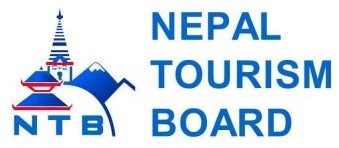The Ultimate Guide to the Everest Base Camp Trek in 2025

16th Nov, 2024
- teamramadventure
Trekking to Everest Base Camp (EBC) is a dream adventure for hikers and travelers worldwide. With its breathtaking views of the Himalayas, unique Sherpa culture, and the sense of walking in the footsteps of legendary climbers, the journey is an unforgettable experience. If you’re planning to trek to Everest Base Camp in 2025, this comprehensive guide will provide you with all the details to ensure a successful and memorable adventure.
Table of Contents
Why Choose the Everest Base Camp Trek?
The Everest Base Camp trek isn’t just about reaching a destination; it’s about the journey through rugged trails, vibrant villages, and some of the world’s most awe-inspiring landscapes. Here’s why EBC is on every trekker's bucket list:
- Panoramic Mountain Views: Unparalleled vistas of Everest, Lhotse, Nuptse, Ama Dablam, and more.
- Cultural Immersion: Explore Sherpa villages, Buddhist monasteries, and local traditions.
- Bucket-List Destination: Stand at the base of the world’s tallest mountain, a once-in-a-lifetime achievement.
- Challenging Adventure: Push your limits and experience the rewarding sense of accomplishment.
When to Trek to Everest Base Camp?
The best times to trek to Everest Base Camp are:
1. Spring (March-May)
- Pros: Clear skies, moderate temperatures, and blooming rhododendrons.
- Cons: Trails can be busy, especially in late April and May.
2. Autumn (September-November)
- Pros: Crisp weather, stunning visibility, and stable conditions.
- Cons: Crowds during peak season (October).
3. Winter (December-February)
- Pros: Fewer crowds, serene landscapes, and snow-covered peaks.
- Cons: Extreme cold and potential trail closures.
4. Monsoon (June-August)
- Pros: Lush greenery and fewer trekkers.
- Cons: Slippery trails, leeches, and unpredictable weather.
Everest Base Camp Trek Overview
- Duration: 12–14 days
- Maximum Elevation: 5,364 meters (17,598 feet) at Everest Base Camp; 5,545 meters (18,192 feet) at Kala Patthar.
- Difficulty: Moderate to challenging
- Start Point: Lukla (accessible by a 30-minute flight from Kathmandu).
- Accommodation: Tea houses (basic lodges) along the trail.
Detailed Trek Itinerary
Day 1: Arrival in Kathmandu (1,400m)
- Explore the vibrant city, prepare permits, and enjoy local cuisine.
- Optional sightseeing: Swayambhunath (Monkey Temple), Boudhanath Stupa, and Pashupatinath Temple.
Day 2: Flight to Lukla (2,860m) and Trek to Phakding (2,610m)
- Flight Duration: 30 minutes
- Trekking Time: 3–4 hours
- Highlights: Scenic flight to Lukla, first glimpse of the Dudh Koshi River.
Day 3: Trek to Namche Bazaar (3,440m)
- Trekking Time: 6–7 hours
- Highlights: First views of Everest, crossing suspension bridges, and arriving at the vibrant Sherpa hub.
Day 4: Acclimatization in Namche Bazaar
- Explore Namche, visit the Everest View Hotel, and enjoy panoramic mountain vistas.
- Optional hike to Khumjung Village to see the monastery and the famous "Yeti scalp."
Day 5: Trek to Tengboche (3,860m)
- Trekking Time: 5–6 hours
- Highlights: Visit the Tengboche Monastery, one of the most sacred spots in the region.
Day 6: Trek to Dingboche (4,410m)
- Trekking Time: 5–6 hours
- Highlights: Stunning views of Ama Dablam and lush alpine meadows.
Day 7: Acclimatization in Dingboche
- Hike to Nangkartshang Peak (5,083m) for acclimatization and breathtaking views.
Day 8: Trek to Lobuche (4,940m)
- Trekking Time: 5–6 hours
- Highlights: Memorials to fallen climbers at Thukla Pass and stunning glacier views.
Day 9: Trek to Everest Base Camp (5,364m) via Gorakshep (5,164m)
- Trekking Time: 7–8 hours
- Highlights: Reach the iconic base camp, surrounded by towering peaks and Khumbu Icefall.
Day 10: Hike to Kala Patthar (5,545m) and Trek to Pheriche (4,371m)
- Trekking Time: 7–8 hours
- Highlights: Best sunrise view of Everest from Kala Patthar.
Day 11–12: Return Trek to Lukla
- Retrace your steps and enjoy the descent through familiar trails.
Day 13: Fly Back to Kathmandu
- Reflect on your adventure, shop for souvenirs, and celebrate your achievement.
Packing List for Everest Base Camp
Clothing
- Base layers (thermal tops and bottoms).
- Fleece jacket and windproof outerwear.
- Down jacket (essential for high altitudes).
- Waterproof trekking pants.
- Comfortable trekking boots and wool socks.
Gear
- Trekking poles
- Sleeping bag (rated for -10°C to -20°C).
- Headlamp with extra batteries.
- Backpack (30–40 liters) with a rain cover.
Other Essentials
- Sunscreen, sunglasses, and lip balm.
- First-aid kit and altitude sickness medication.
- Reusable water bottles and purification tablets.
- Snacks like energy bars and nuts.
Permits Required for EBC Trek
- TIMS Card (Trekkers' Information Management System)
- Sagarmatha National Park Entry Permit
- Khumbu Pasang Lhamu Rural Municipality Entry Permit
Permits can be obtained in Kathmandu or through a trekking agency.
Physical and Mental Preparation
- Fitness: Focus on cardio, leg strength, and endurance training.
- Acclimatization: Spend extra days at higher altitudes to avoid Acute Mountain Sickness (AMS).
- Mental Preparation: Stay positive, patient, and adaptable to changing conditions.
Hiring Guides and Porters
- Guide: Helps with navigation, cultural insights, and safety.
- Porter: Carries your heavy gear, allowing you to trek comfortably.
- Average cost: $20–30/day for a guide; $15–25/day for a porter.
Cost of the Everest Base Camp Trek
- Permits: $50–60
- Flights (Kathmandu–Lukla): $400–450 (round trip).
- Accommodation: $5–20/night (basic tea houses).
- Meals: $10–15/day for basic food.
- Guide and Porter Fees: $500–800 for the entire trek.
Total cost: $1,200–1,800 (depending on your style of trekking).
Tips for a Successful EBC Trek
- Hydrate Well: Drink at least 3–4 liters of water daily.
- Go Slow: Prevent AMS by maintaining a steady pace.
- Stay Warm: Layer up and avoid exposing yourself to cold.
- Respect Local Culture: Be courteous and follow local customs.
- Plan for Delays: Lukla flights are often delayed due to weather.
Is the Everest Base Camp Trek Right for You?
The EBC trek is suitable for anyone with a reasonable level of fitness and determination. While challenging, the journey is rewarding and accessible with proper preparation.
Final Thoughts
The Everest Base Camp trek is more than just a physical journey—it’s a spiritual and emotional adventure that connects you with nature, culture, and yourself. As you stand amidst the world’s highest peaks, you’ll realize why this trek remains one of the most sought-after experiences on the planet. With the right planning, 2025 could be the year you conquer this bucket-list destination.
So, what are you waiting for? Start planning your Everest Base Camp trek and make memories that will last a lifetime!


 Plan Your Trip Now
Plan Your Trip Now 










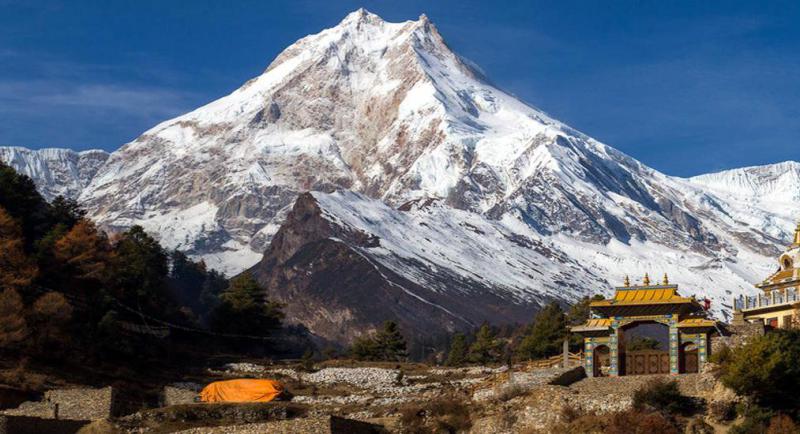

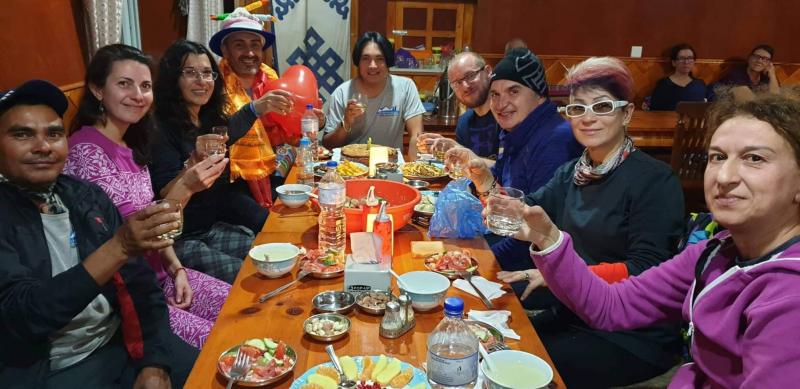









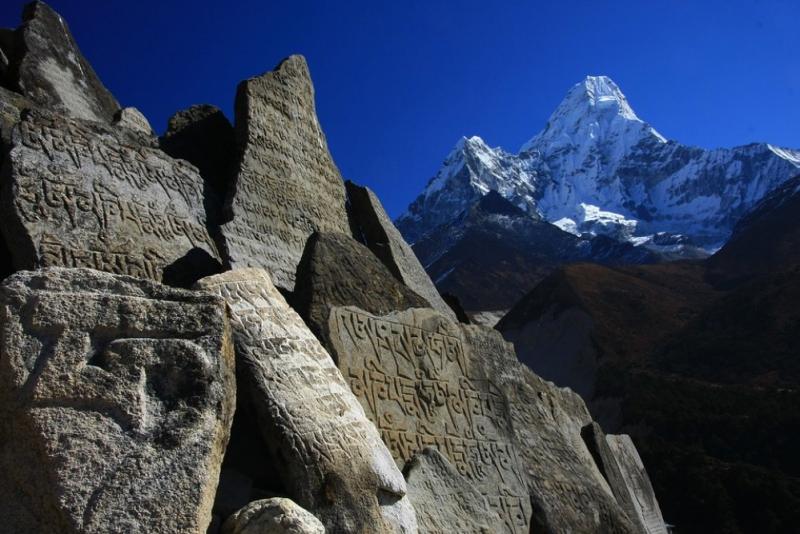






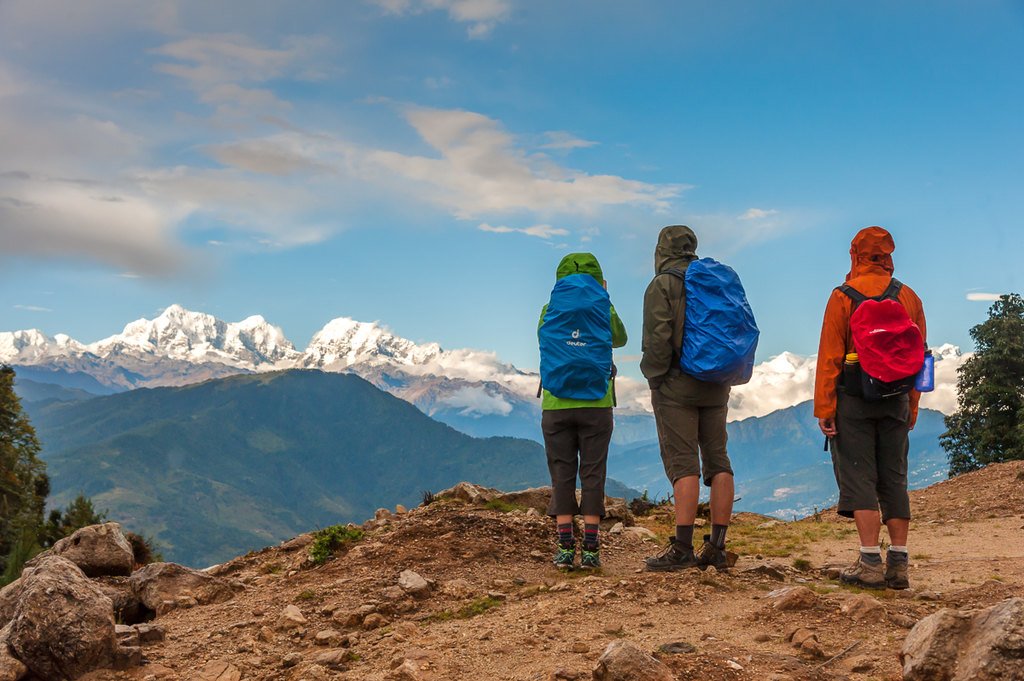
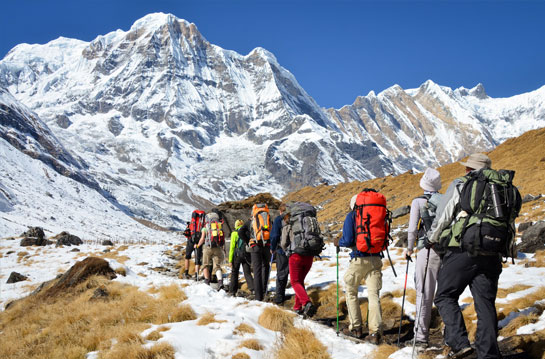
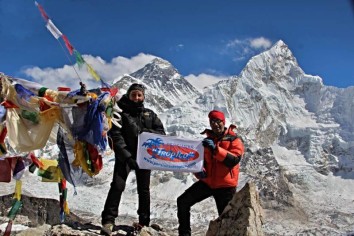






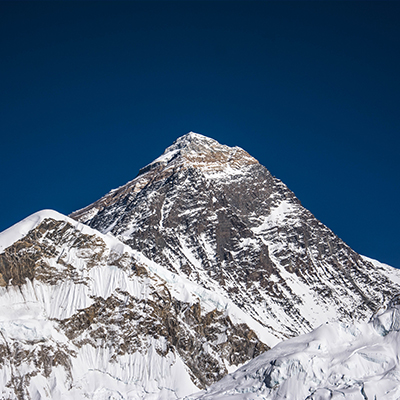


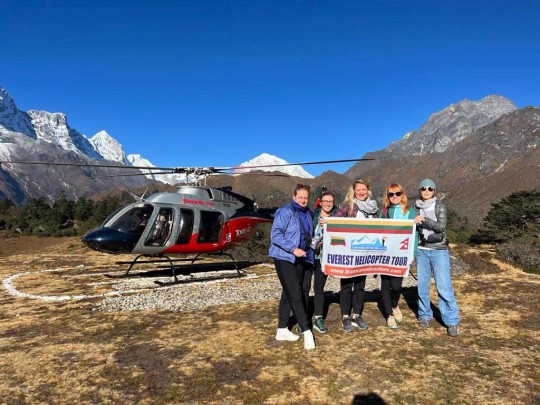



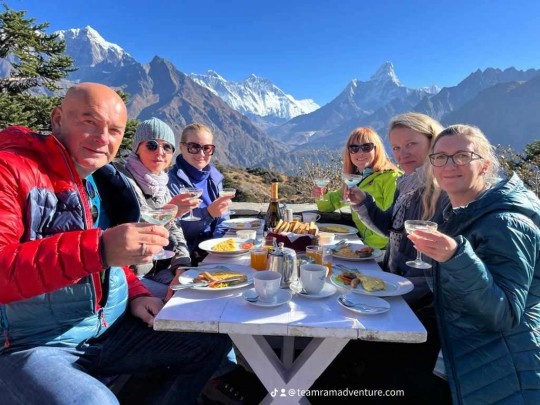







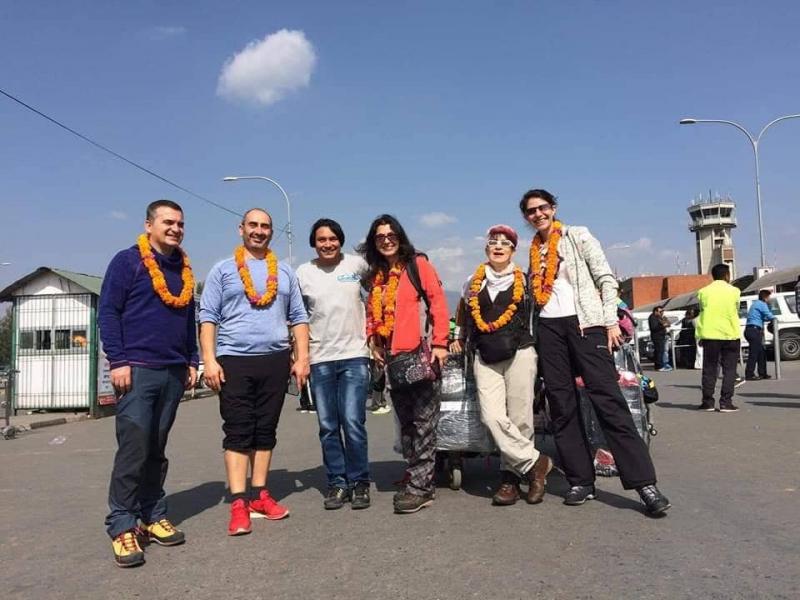












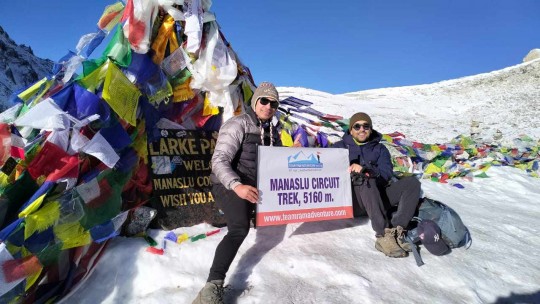
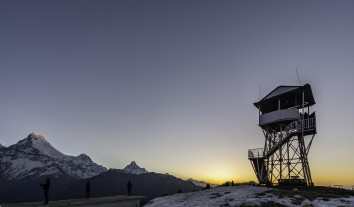
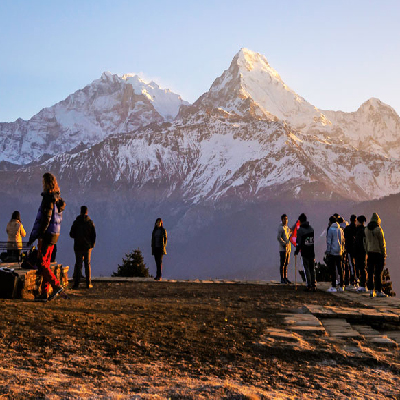










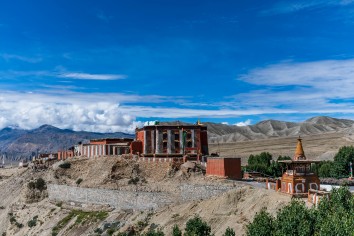


.jpg)







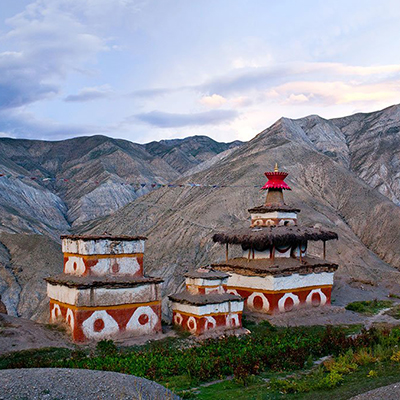
.jpg)


.jpg)

